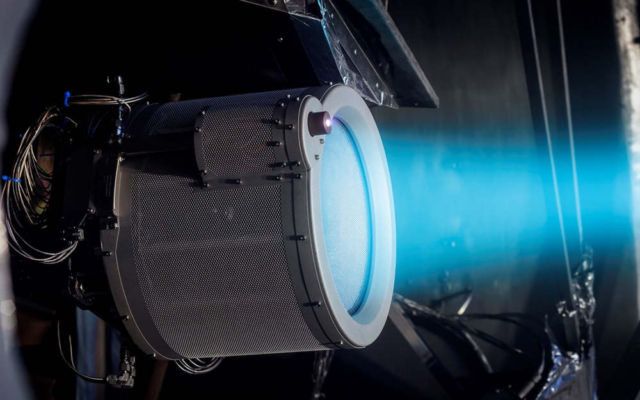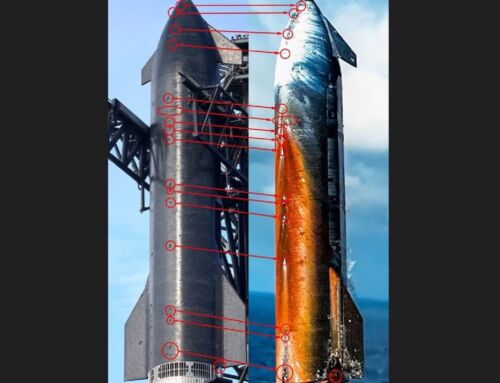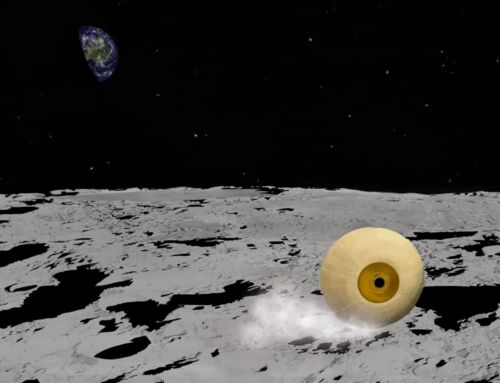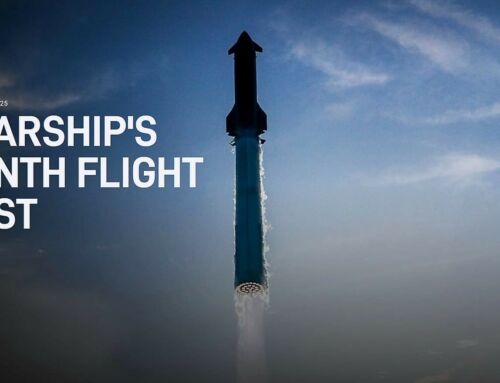The revolutionary Solar Electric Propulsion System (SEPS), will provide the engine power behind the BepiColombo mission to Mercury, scheduled to launch on 20 October.
The Solar Electric Propulsion System (SEPS), developed and manufactured by an industrial consortium led by QinetiQ.
The ESA-JAXA BepiColombo mission to Mercury blasted off on an Ariane 5 from Europe’s Spaceport in Kourou at 01:45:28 GMT on 20 October on its exciting mission to study the mysteries of the Solar System’s innermost planet.
Following its launch, four QinetiQ T6 Gridded Ion Thrusters will propel the Mercury Composite Spacecraft along with gravity assists (Earth, Venus and Mercury) from Earth’s orbit to Mercury.
Above, the T6 ion thruster. Credit QiniteQ
During early planning the European Space Agency (ESA) determined that BepiColombo would require electric propulsion, a first for a mission visiting one of the Solar System’s inner planets. Following QinetiQ’s successful development of the T5 ion thruster for ESA’s GOCE (Gravity field and steady-state Ocean Circulation Explorer) satellite, which orbited Earth for 4 years, ESA selected the larger T6 thruster for BepiColombo. QinetiQ was tasked with the manufacture and qualification of a SEPS, based around the T6.
Powered by solar energy, the T6 is super-efficient, enabling the spacecraft to reach maximum velocity with minimal fuel consumption. This decreases the propellant mass needed on board by between 10 and 20 times compared to a typical chemical rocket, which is key to maximising the science payload within the constraints of the launch vehicle.






Leave A Comment